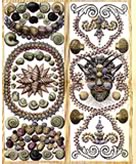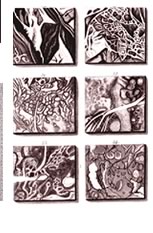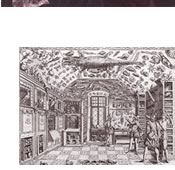 see collaboration with Gretchen Heffernan see collaboration with Gretchen Heffernan
 The Askew Cabinet, Pallant House Gallery , Chichester c1740 The Askew Cabinet, Pallant House Gallery , Chichester c1740
 Sir
John Soane Sir
John Soane
 Ole
Worm's Museum Leiden 1655 Ole
Worm's Museum Leiden 1655
 The Stone Museum in Florence. The Stone Museum in Florence.
 Natural
History Collection, Levinus Vincent Haarlem 1719 Natural
History Collection, Levinus Vincent Haarlem 1719
 Valenti,
Museum Museorum, Frankfurt 1714 Valenti,
Museum Museorum, Frankfurt 1714
 Levinus
Vincent's Natural History Collection haarlem 1719 Levinus
Vincent's Natural History Collection haarlem 1719
 Sir Ashton Lever's Museum, Leicester House c1835, British Museum Sir Ashton Lever's Museum, Leicester House c1835, British Museum
 Ferrante Imperato, Historia naturale 1672 Ferrante Imperato, Historia naturale 1672
 CASSIANO DAL POZZO PAPER MUSEUM (Frances Haskell) CASSIANO DAL POZZO PAPER MUSEUM (Frances Haskell)
 CASSIANO DAL POZZO PAPER MUSEUM (Nat Gall of Scotland) CASSIANO DAL POZZO PAPER MUSEUM (Nat Gall of Scotland)
The Cabinet of Curiosities is the personal (often eccentric) arrangement
of a person's collection of objects. The horizontal alligator,
the recessed cupboards, stuffed animals and deep drawers with mermaids
and shrunken heads are characteristic of the genre.The Cabinet
was at its strongest in the seventeenth century and was gradually
undermined by professional standards of curatorship. One hero is
Albert Seba whose sumptuous collection is referred to below. A
magnificent set of the eight volumes was sold at Sotheby's on December
4th 1997 and reproduced in their catalogue on p. 39 with a portrait
of Seba as frontispiece to the catalogue.
The other giants of the Cabinet are treated by Flaubert in Bouvert
et Pecuchet.
 SEBA'S
SHELLS SEBA'S
SHELLS
TOP ROW
01 Seba catalogue,the frontispiece
02 portrait of Seba
03 the catalogue of the collection
04 Jacob Hoefnagel, Archetypa studiaque Patris Georgii Hoefnagelii,
engravings by the son of drawings by father George published in 1592
; each plate has a moral tag (FESTINA LENTE - make haste slowly is one).The
engraving here carries the legend "I am Born. I Suffer. I Die."
The choice of specimens is therefore appropriate. See Jurgis Baltrusaitis,
beneath
05. typical page from Seba, an arrangement of his shells in a narrative.
The apothecary Albertus Seba formed an immense and colourful collection
of selected examples of animals, vegetables and minerals. An extraordinary
eight volume catalogue of the collection was published in Amsterdam
from 1734 - 1765 entitled Locpletissimi Rerum Naturalium Thesauri
accurata descriptio ... . Not only were Seba's categories most
eccentric and highly personal, but the arrangement of the objects on
the page was startling and imaginative. Ten artists were employed over
a long period to prepare the etched plates.This is actually his second
Cabinet - the first (much inferior) having been sold to Peter the Great
of Russia.
BOTTOM ROW
01 The amazing Cabinet of Ferrante Imperator. From the collector's
celebration of his eccentric collection in his Historia Naturale
. Published in Venice in 1672.
02 This is a specimen of the surreal design properties of a book of
99 coloured plates illustrating 550 cross sections of marble, Marmora
et adfines Aliquos Lapides coloribus suis , published in Nuremburg
in 1775 21 x 25cms, and assembled by A.L.Wirsing. A sort of Cabinet
of Curiosities this - and produced at a time when collectors assembled
pebbles, stones and other samples for their patterns and narrative details
- usually landscape but sometimes figurative.
03 a typical Cabinet of Curiosities or Wunderkammer from Il
Museo Cospiano the catalogue of the Collection published in
Bologna in 1677
see exhibition catalogue Objects for a Wunderkammer Colnaghi's
London [1981]
BOOKLIST
Jurgis Baltrusaitis, ABERRATIONS, An essay on
the legend of Forms, MIT
Press, Cambridge Mass., 1989, see the essay on Pictorial Stones.
|








